 Today’s post is in honor of Sgt. 1st Class William K. Lacey, who was killed on this day in 2014 by an enemy rocket-propelled grenade attack in Afghanistan’s Nangarhar province. The 38-year-old native of Laurel Hill, Fla. was serving on his fifth deployment – three times to Iraq and two to Afghanistan – and was serving with the 201st Brigade Support Battalion, 3rd Brigade Combat Team, 1st Infantry Division.
Today’s post is in honor of Sgt. 1st Class William K. Lacey, who was killed on this day in 2014 by an enemy rocket-propelled grenade attack in Afghanistan’s Nangarhar province. The 38-year-old native of Laurel Hill, Fla. was serving on his fifth deployment – three times to Iraq and two to Afghanistan – and was serving with the 201st Brigade Support Battalion, 3rd Brigade Combat Team, 1st Infantry Division.
1847: The U.S. Government Ordnance Department orders 1,000 revolvers designed by Samuel Colt and Texas Ranger Capt. Samuel H. Walker. The powerful firearm features a revolving cylinder that can effectively fire its six .44-caliber bullets up to 100 yards. Historians would later say that Colt’s invention altered the course of human history.
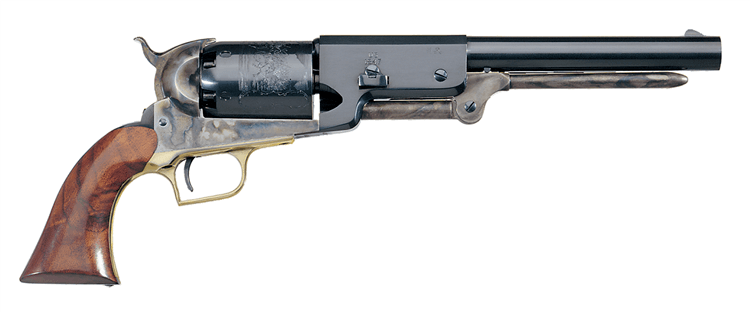
1910: USS Michigan (BB-27), America’s first dreadnought battleship, is commissioned. The massive ship features eight 12-inch guns mounted in twin turrets, which are capable of sending an 870-lb. projectile over 11 miles away and could penetrate over 16 inches of armor.
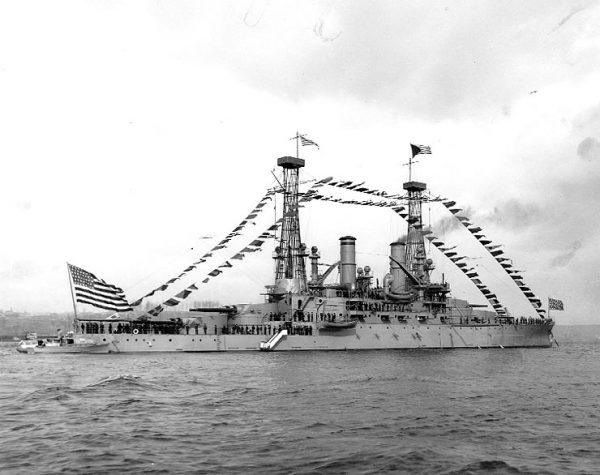
1943: Off the coast of Munda Island, USS Helena (CL-50) shoots down a Japanese Type 99 Val bomber, marking the first kill using Variable Timing (proximity-fused) anti-aircraft shells.
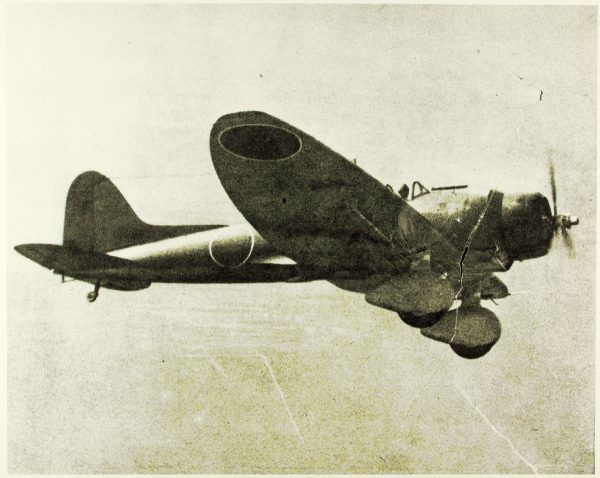
1944: U.S. Army Air Force and Royal Air Force bombers begin dropping weapons and supplies to resistance fighters in France, Belgium, and Italy during Operation CARPETBAGGER.
1951: Chinese and North Korean soldiers march into the burning and abandoned South Korean capital of Seoul, capturing it for a second time in six months – signifying the high-water mark for the communists in the Korean War.
The Chinese thought they could capitalize on their recent victories in the Ch’ongch’on River Valley and the Chosin Reservoir by crossing the 38th Parallel, drive UN forces out of Korea, and win the war. But by rejecting a proposed ceasefire and invading the South, the communists overplayed their hand; their forces were exhausted and severely depleted and their logistics were stretched too thin. With Lt. Gen. Matthew Ridgway taking over and revitalizing the U.S. Eighth Army, Gen. Douglas MacArthur soon regains confidence in his forces and abandons his plans to withdraw from the peninsula.
1989: Two Libyan MiG-23 “Flogger” fighters approach two F-14 Tomcats (Featured Image) from the carrier USS John F. Kennedy (CV-67) flying a combat air patrol mission over the Mediterranean Sea. The Tomcats engage and splash the MiGs in the first dogfight for the U.S. military since a 1981 engagement with Libya. Muammar Gaddafi claims that the U.S. Navy shot down unarmed reconnaissance planes, but gun camera footage shows the world that the fighters were armed with missiles.
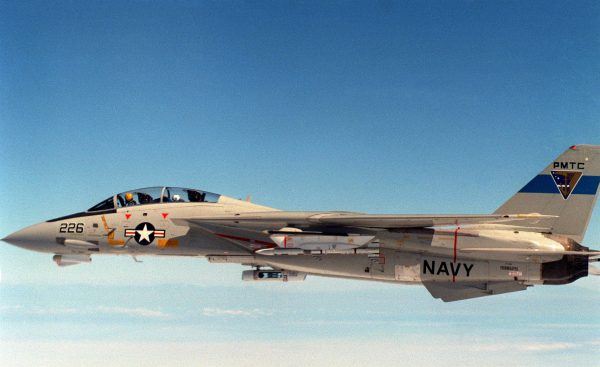
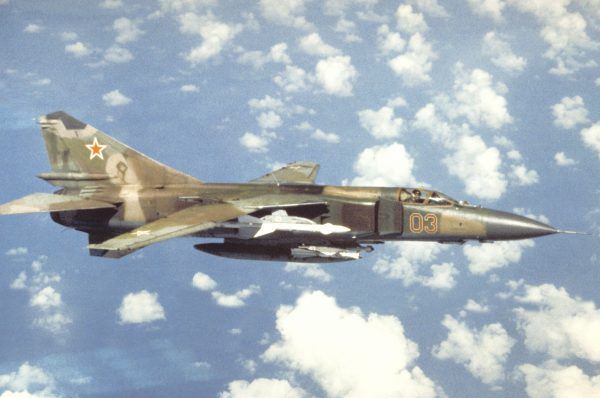
2002: Sgt. 1st Class Nathan R. Chapman, a communications specialist with the Army’s 1st Special Forces Group temporarily detailed to a CIA paramilitary team, becomes the first U.S. soldier to die in Afghanistan when his vehicle is ambushed during a mission in Gardez.
















